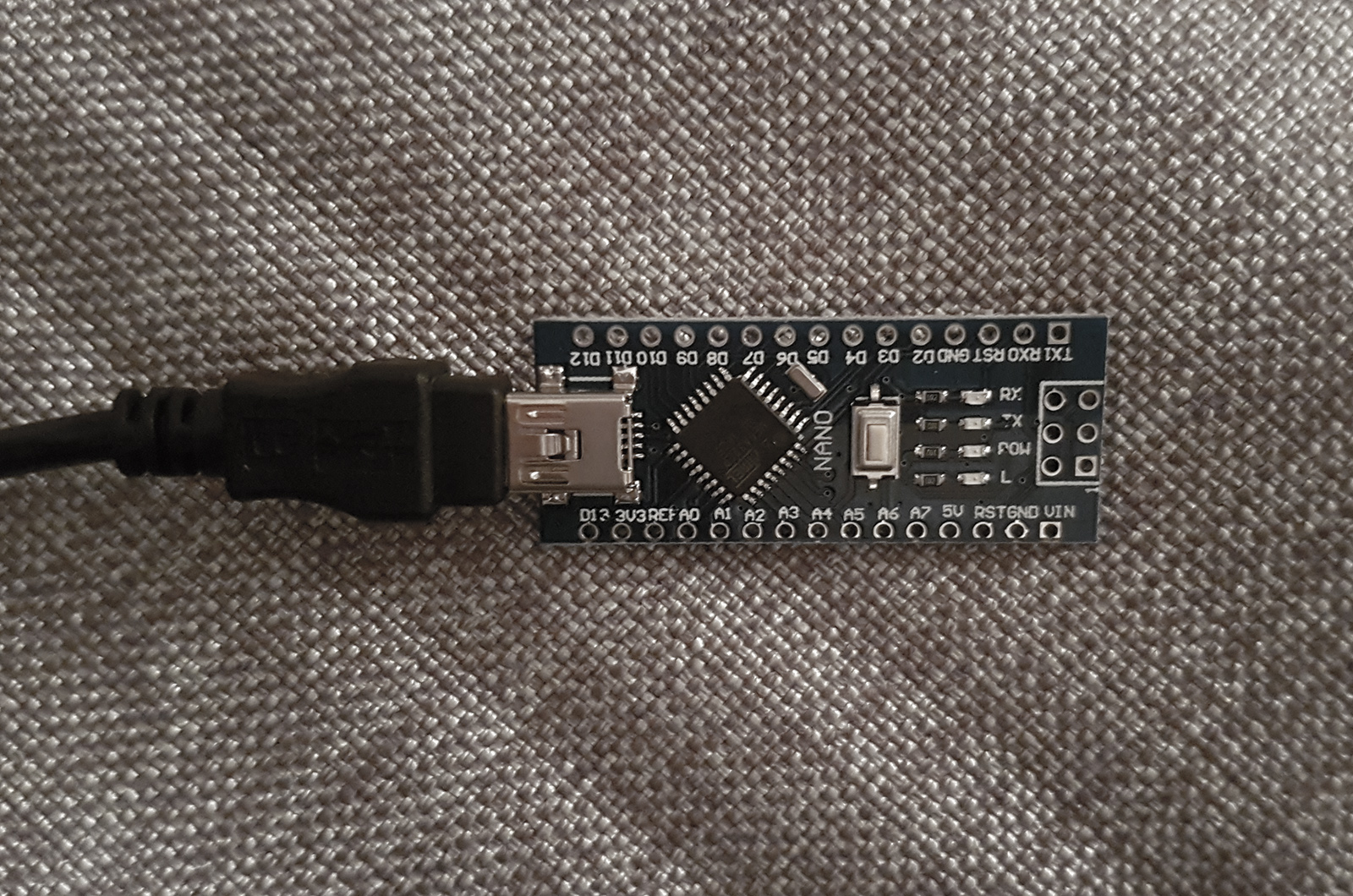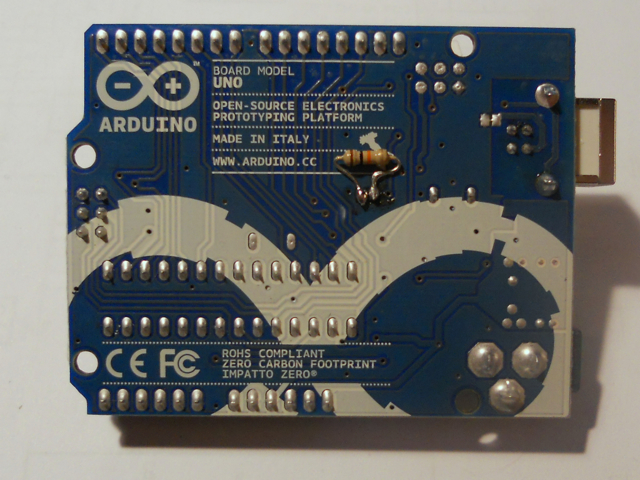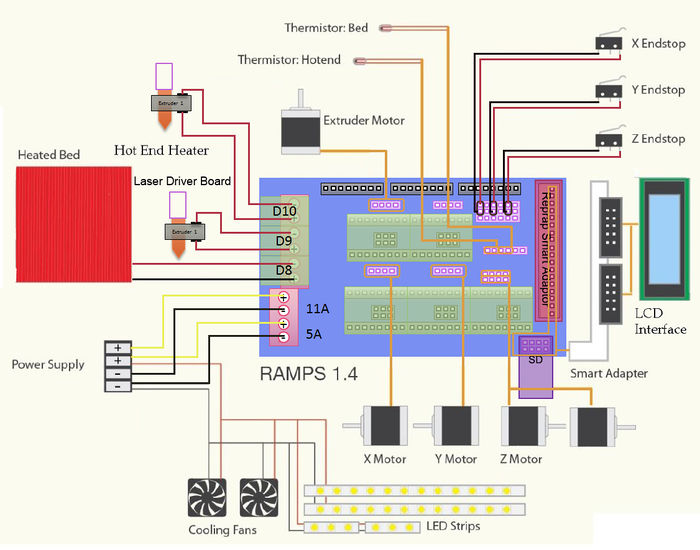Introduction
- Mac Arduino Ftdi Driver
- Mac Arduino Driver Downloads
- Mac Os Catalina Arduino Driver
- Mac Arduino Usb Driver
- Arduino Drivers Mac
- Mac Arduino Drivers
Click here to download the Mac CH340 Driver; Install and run the.pkg; In the Arduino IDE when the HERO board is connected you will see a COM Port in the Tools Serial Port menu, the COM number for your device may vary depending on your system. There’s an add-on for the Arduino IDE that allows you to program the ESP32 using the Arduino IDE and its programming language. In this tutorial we’ll show you how to install the ESP32 board in Arduino IDE whether you’re using Windows, Mac OS X or Linux. I recently upgraded my MacBook Pro to Mojave. Now I'm not able to connect to my Arduino board with ch340g usb-to-serial chip. It is a Arduino board with AtMega 328 and ESP8266 integrated. I downloaded the drivers from the Chinese website for the ch340 and also removed old installations, like some tutorials tell me.
Program cannot locate the driver for STM32 DFU. 3 hours ago — GRBL CNC Controller 6 Axis GRBL32 STM32F103 STM32 ARM 32. Usb driver mac stm32f103 usb driver latest stm32f103 usb driver windows. Arduino stm32 dfu serial usb st driver windows programming comport maple. Mar 6, 2017 — I have a MacBook Air as well.
Let's talk about FTDI drivers. These drivers are vital to getting many of our products up and running. Some parts that use these drivers include the FTDI basic, Sparkfun Redboard and other Arduino boards that make use of a FTDI chip. And that's just to name a few.
Mac Arduino Ftdi Driver
Install Drivers
To get started on a Mac, follow along with these steps.
note : My Mac is running Mac OS 10.9.5, however these steps should apply to all modern OS versions. There is a different driver version for Mac 10.3-10.8 and Mac OS 10.9 and above. Make sure you select the proper one for your OS.
When working with most of our FTDI products you are going to be using the FTDI as a 'Virtual Com Port' or VCP. This is important to note when looking at the FTDI driver download page. We will NOT be installing any D2XX drivers.
- Head over to the FTDI Chip drivers page
- Scroll down a little to find the table of download links. Find your computer operating system in the list and select the appropriate download link
- Download the driver to your computer
- Open the installer DMG file
- Open the FTDIUSBSerial.pkg file. This will open an installer dialog box. Click continue through the main windows, and agree to terms of software license agreement to install
** note : ** This operation will require Administrative access.
- Enter your admin password
- Click Install Software
- Wait while install processes
- Installation should be successful

Congratulations you have installed your FTDI drivers!
Confirm operation
Now let's make sure your device is showing up when it is plugged into your Mac.
Arduino
- If you are using Arduino, we can simply plug the device into your computer.
- Watch for a LED to blink to confirm some life.
- Open Arduino
- Look under Tools/Serial Port/ and we should see DEV/tty.usbmodem as well as DEV/cu.usbmodem

note : If you are curious, the numbers after the usbmodem is generally the device's serial number. You can use this to identify specific FTDI devices if you are using multiple units.
- If we unplug the FTDI device, these options should disappear.
Non-Arduino
If you are not using Arduino, for this step we will be using about this Mac.
- Click on the Apple Menu
- Click on about this Mac
- Then click on System Report
- One the left side of this window you will see a Hardware list. Find USB and click on it
- Look for the FT232 USB UART in the list
- If you click on it you can see more information about the device.
- If this is in the list, your device is up and running properly!
For more information on installing FTDI drivers on a Mac, check out the official FTDI Mac OSX install guide
The CH340 chip is used by a number of Arduino compatible boards to provide USB connectivity, you may need to install a driver, don’t panic, it’s easier than falling off a log, and much less painful.
Mac Arduino Driver Downloads
Windows
Mac Os Catalina Arduino Driver
(Manufacturer’s Chinese Info Link)
- Download the Windows CH340 Driver
- Unzip the file
- Run the installer which you unzipped
- In the Arduino IDE when the CH340 is connected you will see a COM Port in the Tools > Serial Port menu, the COM number for your device may vary depending on your system.
Older Windows Driver Version and Instructions
Download the Windows CH340 DriverUnzip the folder.If you are running a 64Bit Windows: – run the SETUP_64.EXE installer.If you are running a 32Bit Windows: – run the SETUP_32.EXE installer.If you don’t know, try the 64 bit and if it doesn’t work, the 32 bit.In the Arduino IDE when the CH340 is connected you will see a COM Port in the Tools > Serial Port menu, the COM number for your device may vary depending on your system.
Mac Arduino Usb Driver
Macintosh
(Manufacturer’s Chinese Info Link)
The following github has up to day pkg files for 1.3, 1.4 and 1.5 at time of writing, thanks to Joshua Wallis for bringing this to my attention…


Direct Download Links (from the github repo above):
See the github link above for installation instructions if you need them.
Previous macinstosh downloads if the above doesn’t work for you…
(V1.3) Download the CH340 Macintosh Signed Driver for Mavericks (10.9), Yosemite (10.10) and El Capitan (10.11) and Sierra (10.12)
Inside the zip file you will find a PDF and a “pkg” file, short version, double click the pkg file, the PDF has some extra information.
OSX Sierra (10.12) Note
A kindly user, Maarten Segers reports
Arduino Drivers Mac
FYI, the driver documented here WILL crash on OSX Sierra.
Mac Arduino Drivers
I can personally not test on MacOS and can not vouch for the above drivers at github, but there you go.
See uninstalling information at the bottom of the page if the driver causes problems for you.
Here is an older version of the Mac driver, NOT FOR 10.12 Sierra
(V1.0) Download the CH340 Macintosh Signed Driver for Mavericks (10.9), Yosemite (10.10) and El Capitan (10.11)
Linux
(Manufacturer’s Chinese Info Link)
Drivers are almost certainly built into your Linux kernel already and it will probably just work as soon as you plug it in. If not you can download the Linux CH340 Driver (but I’d recommend just upgrading your Linux install so that you get the “built in” one).
Uninstalling From Macinstosh
A couple of Mac users have said “the driver crashes my mac Sierra how do I uninstall”.
Firstly regards the crash make sure you installed the 1.3 version of the driver, not the old one. You could download it directly from the Manufacturers Website in case they have issued an update since I wrote this page.
Secondly a quick google search reveals that this is how you uninstall:
- Open a terminal and type:
cd /Library/Extensions/ - Verify that the .kext file is present:
ls | grep usbserial.kext - Output should be:
usbserial.kext - Then type:
sudo rm -R usbserial.kext - Verify that the .kext file has been removed:
ls | grep usbserial.kext - Output should be empty.
- After you should remove the files stored in receipts folder:
cd /private/var/db/receipts/ - Find the enties:
ls | grep usbserial* - Output should be:
codebender.cc.ch34xinstaller.usbserial.pkg.bom codebender.cc.ch34xinstaller.usbserial.pkg.plist - Remove each one of the files of the above list:
sudo rm -rfilename`